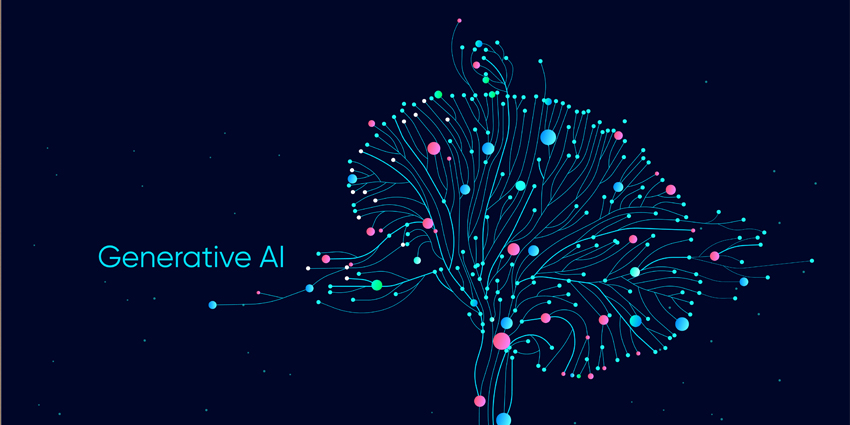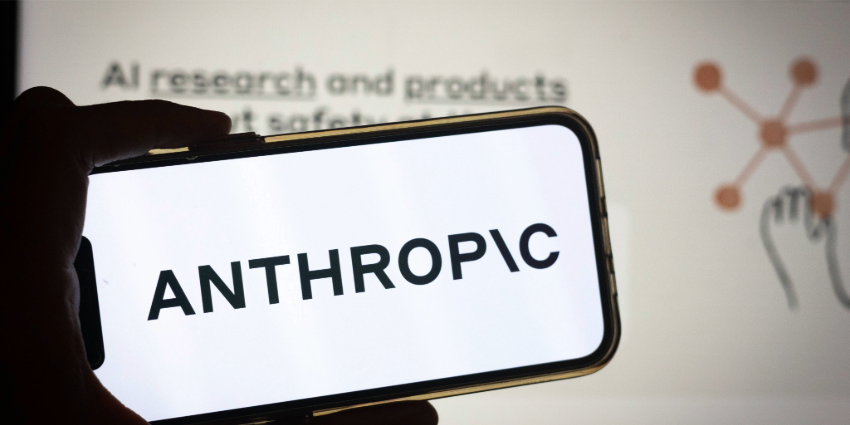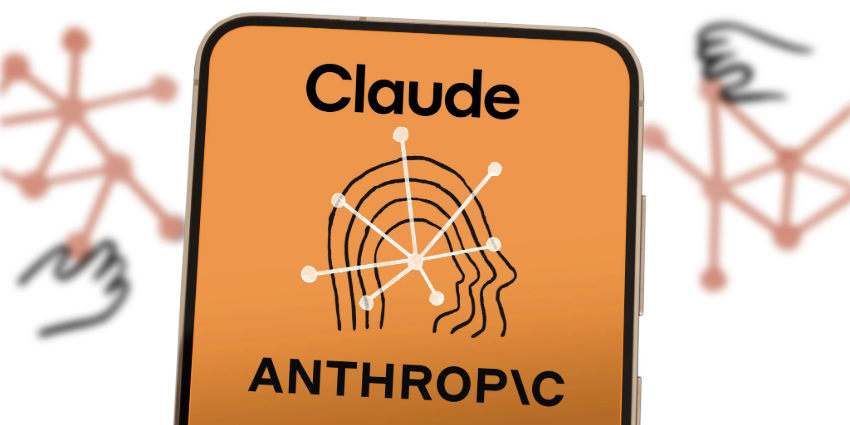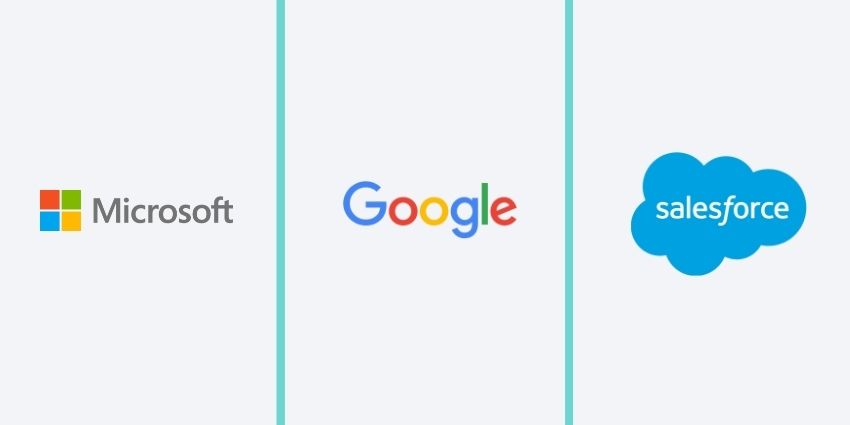Generative AI is revolutionizing every industry, introducing unprecedented opportunities to boost performance and growth. Our own research found that 47% of companies believe Gen AI enhances team productivity. But making the most of this technology’s potential still requires a comprehensive approach to generative AI optimization.
Whether you’re using generative AI to transform customer service, streamline product development workflows, or even upgrade your marketing efforts, the right approach to maintaining AI models, fine-tuning them, and scaling your adoption is crucial.
Here’s your guide to the top AI optimization strategies you can use to make sure you’re getting the best possible return on your investment.
- Need more help building your generative AI roadmap? Use our guide to comparing generative AI providers to find the best platforms and tools. Alternatively, use our tips on implementing generative AI into your business workflows to boost adoption rates, and minimize risks.
Generative AI Optimization: Measuring Performance
You can’t improve what you don’t measure. So, how do you track generative AI ROI (Return on Investment)? It’s not always as simple as it seems. After all, tools like OpenAI’s ChatGPT, Google’s Gemini, and Midjourney don’t just drive financial results.
These solutions can help you save money and even improve revenue – but they can deliver benefits in other areas, too, transforming customer service and boosting team productivity. Here are some of the KPIs (Key Performance Indicators) we recommend tracking when you’re investing in generative AI optimization strategies:
- Efficiency Gains: What kind of time, effort, and resources are you saving by using generative AI? Track things like task completion times or reductions in processing time for data-intensive tasks.
- Accuracy improvements: Are you saving money and time because you don’t have to fix as many mistakes with the help of AI models? Monitor error rates in data entry, content generation, or prediction models.
- Cost reduction: How much are you saving regarding human labour, resources, and operational overheads by scaling AI for business use cases?
- Customer satisfaction: Is your generative AI strategy helping you to improve customer feedback scores, retention rates, and conversions?
- Employee productivity: How are your generative AI solutions improving team output; by reducing the time they spend on repetitive tasks, or boosting creativity?
Calculating Generative AI ROI: An Example
Generative AI’s benefits extend beyond financial returns. For example, improved customer satisfaction through faster service and personalized experiences strengthens loyalty. Similarly, by automating routine tasks, employees can focus on strategic initiatives and creativity.
Here’s an example of how you could calculate the ROI of your current generative AI strategy. Imagine you’ve spent $50,000 in generative AI to automate document processing. If this automation saves 300 hours monthly at $20/hour, the annual savings are $72,000. With a 44% ROI in the first year, this would clearly indicate your strategy is paying off.
Generative AI Optimization Strategies: Boosting ROI
Once you know how to calculate and monitor generative AI ROI, the next step is optimization. There are numerous ways to increase the value of your generative AI tools, but some of the best options for generative AI optimization include:
Regular Model Updates and Retraining
Generative AI tools and platforms are constantly evolving – so make sure your strategy does too. Regularly upgrade your tools as new models emerge. For instance, you might switch from Gemini 1.0 to the new Gemini 2.0 Flash models for certain tasks.
Beyond that, make sure you’re constantly fine-tuning, training, and upgrading your tools internally. Invest in:
- Frequent Performance Reviews: Conduct monthly or quarterly evaluations to analyze how the model performs against predefined KPIs such as accuracy, efficiency, and relevance.
- Continuous Data Integration: Feed the AI with new and diverse datasets reflecting evolving trends and patterns relevant to your business and use cases.
- Collaboration Across Teams: Involve both IT and business teams in the retraining process. IT teams can focus on technical fine-tuning, while business teams provide insights into shifting needs and opportunities.
Focus on keeping your AI strategy up-to-date, and pay attention to the new trends, opportunities, and models in the AI market.
Scaling AI for New Business Use Cases
Next, one of the most impactful ways to take your generative AI optimization strategy to the next level is to look for new ways to embed this tech into your workflows. You might start off using generative AI tools to help with content creation or research. However, over time, you can explore new ways to empower your teams, such as:
- Identifying cross-functional opportunities: Introduce existing generative AI models to other team members. For instance, your marketing teams could use ChatGPT to create personalized content, while HR could use it to help with creating onboarding documents.
- Exploring multimodal capabilities: Go beyond generating text. Explore tools like OpenAI’s DALL-E 3 or Sora to create images and videos. Use multimodal solutions to analyze a wider range of documents for deeper business insights.
- Build your own AI solutions: Experiment with solutions like Microsoft Copilot Studio or Amazon Bedrock to design custom generative AI tools for specific use cases. You could even dive into the world of agentic AI for comprehensive process automation.
Regularly examine your workplace to find bottlenecks and issues you can overcome with generative AI. The more you scale your solution, the more your ROI will grow.
Addressing AI Drift and Degradation
Generative AI optimization isn’t just about ensuring you can get more value from your AI models. It’s also about minimizing your exposure to risks that could harm your ROI. Model drift (the gradual decline in an AI system’s performance) is a common challenge for many businesses.
This degradation usually happens because relationships between input and output variables shift due to changes in underlying data patterns. Over time, the problem could lead to inaccurate predictions and poor decision-making. To mitigate model drift:
- Implement Drift Monitoring Tools: Use AI monitoring platforms to track performance metrics in real-time. The faster you can detect issues with performance, the easier it will be to address them before they harm business outcomes.
- Retrain regularly: Incorporate fresh, diverse data into training workflows regularly to ensure models are up-to-date with current trends. Make sure you’re following established governance protocols to maintain data quality and consistency, too.
- Versioning: Maintain multiple versions of AI models and compare their performance over time. Benchmarking older models against newer or alternative systems will help you to ensure you’re investing in the right tools.
A proactive approach to minimizing drift helps to safeguard AI performance and ensures you can trust the models you’re using.
Generative AI Optimization: Inspiring Case Studies
Improving the return on investment from your generative AI models can seem complex. However, plenty of companies have already seen the benefits of implementing proactive generative AI optimization strategies. For instance:
- Goldman Sachs: In 2024, Goldman Sachs introduced its first generative AI tool firm-wide (the GS AI platform) to transform code generation. By integrating models from Open AI, Google, and Meta and constantly refining its strategy, Goldman Sachs has improved developer efficiency by 20% in the last year.
- JP Morgan Chase: JPMorgan Chase introduced a generative AI tool suite for its 200,000+ employees. What made this company’s strategy so successful, was its focus on scaling AI for business use cases across the organization. With a range of tools, the company has helped team members improve their efficiency on various tasks.
- Walmart: Walmart has been investing in generative AI to personalize customer experiences for some time now. Over the years, the organization has updated its models with more multimodal capabilities, using them to analyze customer data from various channels to deliver more personalized content to each customer.
Unlock the Full Potential of Generative AI
Demand for generative AI continues to grow across every industry. Analysts predict it will add trillions to the global economy in the years ahead, by boosting productivity, efficiency, and team innovation. However, if you want to make the most of your Generative AI investment, you need a strong strategy for optimizing your solutions.








